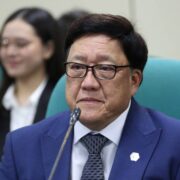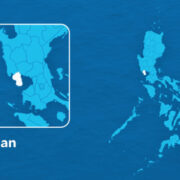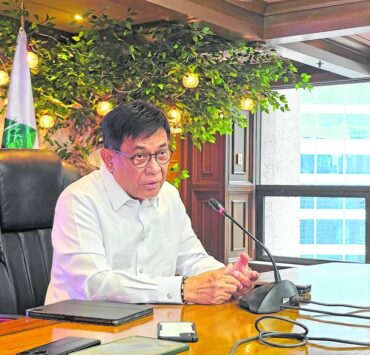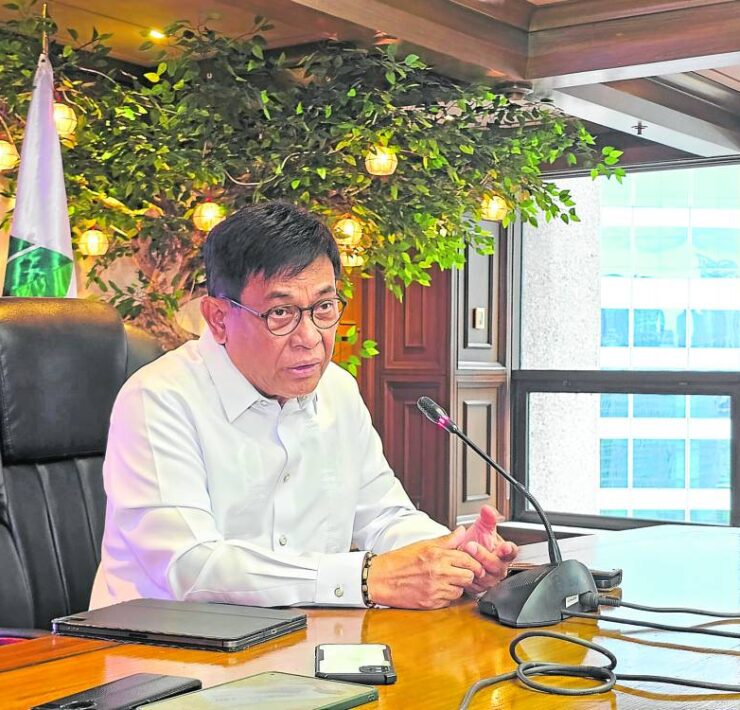Surging LNG imports might jack up prices, but renewables promise respite
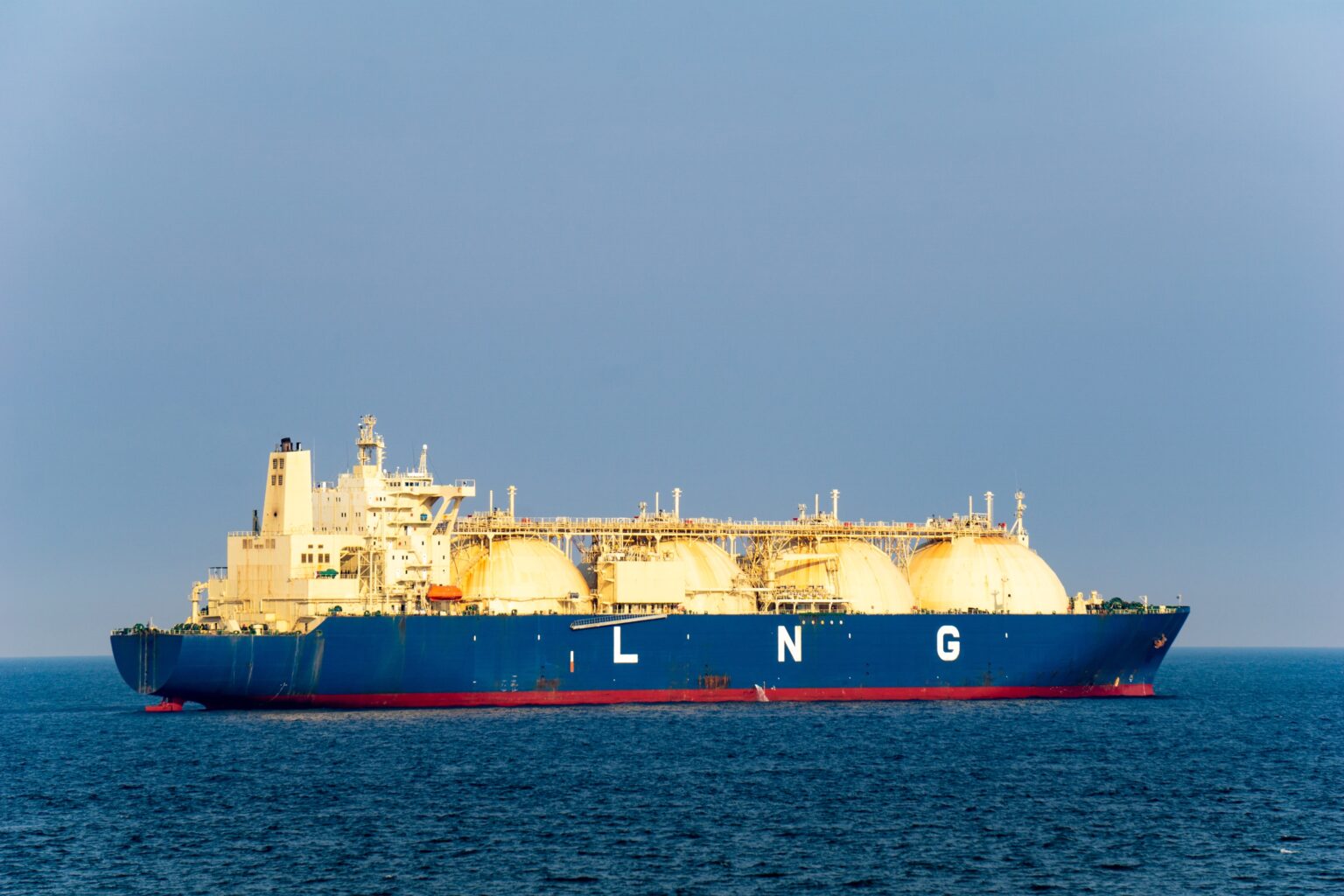
Filipino consumers may get shocked by even costlier electricity bills over the next four years, as experts warn about a projected 508-percent surge in liquefied natural gas (LNG) imports.
This scenario could play out—unless the government abandons gas imports and turns to less costly solar and wind power.
Gas shipped from abroad is very vulnerable to market shocks. If a new geopolitical conflict breaks out, prices could spiral.
The expected increase in LNG shipments could cost the country about $3.9 billion or P218 billion until 2029, according to a new report from international research group Zero Carbon Analytics (ZCA) and Philippine-based Center for Renewable Energy and Sustainable Technology (Crest).
“The cost of building five new LNG terminals for the imports will add an additional $1.5 billion (P83.7 billion), bringing the total investment for LNG imports to $5.4 billion (P301.5 billion) for the above period,” the two groups say.
Because of this, gas-fired power generation charges may become more expensive by 11 percent to 24 percent. The groups said this would subsequently lead to higher electricity rates, putting an additional burden on Filipino consumers’ finances.
Generation costs account for about half of consumers’ monthly electricity bill.
“The Philippine government’s reliance on imported fuel for power generation resulted in high electricity prices, which is a burden to Filipino electricity consumers and [the] local industry. LNG imports are very expensive, and the rising gas price will continue to expose the country to a volatile global market,” says Rei Panaligan, president of Crest.
While the report already showed ballooning figures, a representative from the Institute for Energy Economics and Financial Analysis (IEEFA) said it actually represents “a conservative scenario.”
“Recent geopolitical tensions around the Strait of Hormuz show just how exposed the Philippines could be due to price spikes and energy insecurity in the event that key LNG shipping routes are disrupted,” says Sam Reynolds, research lead at IEEFA.
Iran had earlier threatened to block the Strait of Hormuz, a crucial route for oil supply, amid its conflict with Israel. After a 12-day war, the two sides agreed to a ceasefire.
“Amidst a potential closure of the Strait of Hormuz, through which 20 percent of global LNG trade flows, analysts have projected that Asian LNG prices could rise 10-fold. This is not an isolated case. Rather, extreme volatility is part and parcel of global LNG markets,” Reynolds adds.
Transition fuel as PH dreams of going green
The Philippines has set a goal of powering millions of households and businesses with electricity sourced from renewable energy projects. In this light, former Energy Secretary Raphael Lotilla had reiterated LNG’s role as a “transition fuel.”
“Developing renewable energy resources and essential infrastructure will require time. Therefore, LNG serves as a necessary and reliable transitional energy source. It offers a cleaner alternative to traditional fuels,” Lotilla said.
LNG offers a cleaner solution compared to coal, which continues to be the dominant fuel in the country’s power generation mix.
At present, the share of renewables in the energy mix is only at 22 percent. The government estimates that it would take five more years to achieve the 35-percent target.
Putting a spotlight on solar, wind power
Yu Sun Chin, ZCA Asia Regional researcher, says the Philippines has a “huge potential” for solar and wind power, which “can now produce electricity more cheaply than gas.”
Crest’s Panaligan mirrored this statement, saying: “Renewables such as solar and wind are cheaper options than gas both in terms of the upfront costs and generation.”
“The Philippines has the potential to generate enough indigenous renewable power to meet our own energy demands. The Philippine government should invest further in more renewables and start closing permanently the door to fossil fuels,” Panaligan adds.
The government has been boosting its efforts to attract renewable energy developers.
To gain more momentum, it has been conducting green energy auctions, which give incentives to the winning bidders through fixed rates.
The recent fourth round of this program has attracted a total of 142 energy players, proof of strong investors’ appetite for this business.





